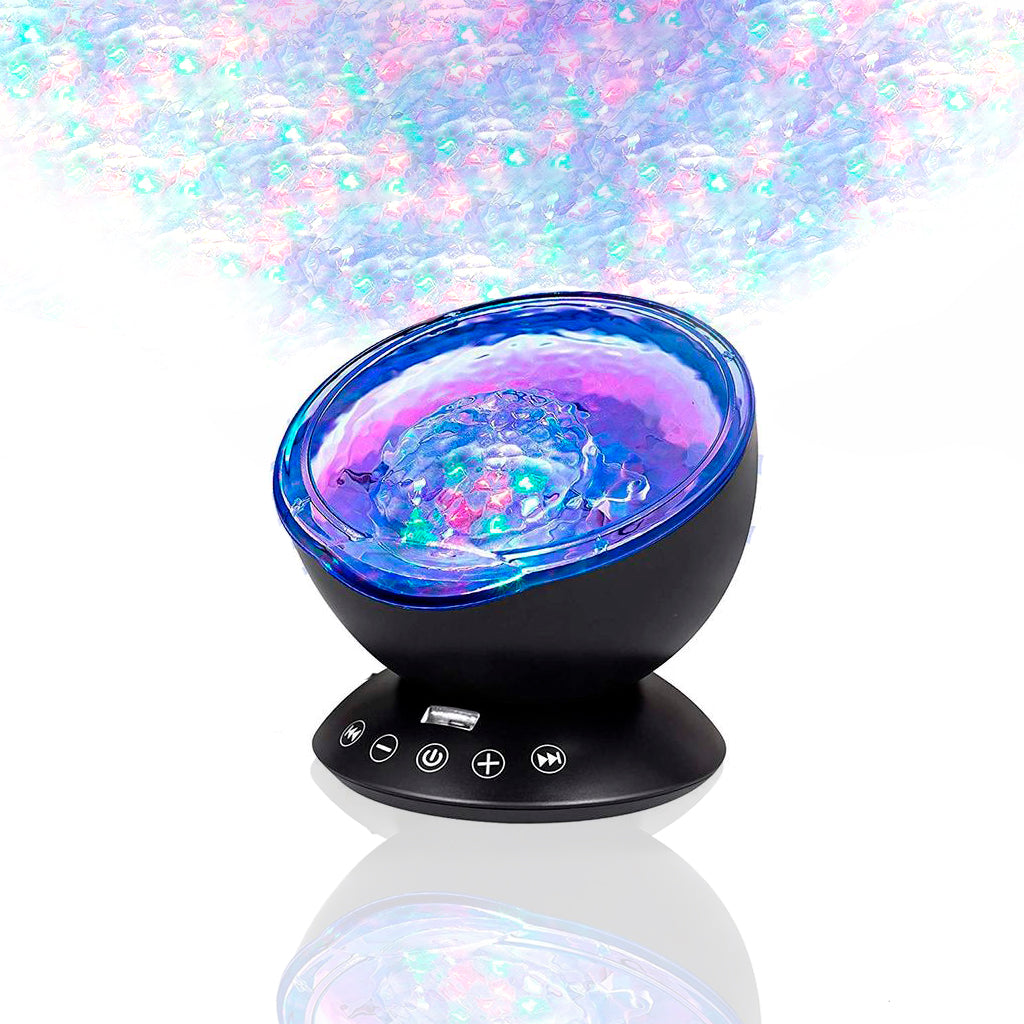
In our fast-paced world, anxiety can easily become a part of daily life, especially for children with autism. These children often face unique challenges that can make it difficult to manage stress and anxiety. However, integrating mindfulness techniques, particularly through the use of innovative technology, can offer a powerful tool to help them navigate their emotions and find calm.
The Power of Mindfulness in Autism
Mindfulness, the practice of being present and fully engaged in the moment, has been shown to reduce anxiety and improve emotional regulation. For children with autism, mindfulness can provide a sense of stability and predictability, which is often comforting. But how do we make mindfulness accessible and engaging for these children? The answer lies in technology.
Innovative Apps for Mindfulness
There are a variety of apps specifically designed to help children with autism practice mindfulness. These apps use interactive and visual elements to make mindfulness exercises more engaging. For instance, apps like Mindful Powers offer guided meditations and breathing exercises that are visually appealing and easy to follow. These digital tools often include features like soothing music, animations, and rewards systems to keep children motivated.
Virtual Reality: A New Frontier
Virtual reality (VR) is another exciting technology that can be used to teach mindfulness to children with autism. VR creates immersive environments that can help children practice mindfulness in a controlled, safe space. For example, VR experiences can simulate a calm beach or a peaceful forest, allowing children to practice mindfulness techniques in these virtual settings. This can be particularly helpful for children who may find it difficult to focus in a traditional setting.
Interactive Wearables
Wearable technology, such as smartwatches and biofeedback devices, can also support mindfulness practices. These devices can monitor physiological signs of anxiety, such as heart rate and breathing patterns, and provide real-time feedback. For example, a smartwatch might prompt a child to take a deep breath if it detects an elevated heart rate. This immediate feedback can help children become more aware of their bodies and emotions, making it easier to practice mindfulness.

Bright Autism Calming Sensory Sea Lamp: Delighting and soothing kids with conditions such as ASD, ADHD, and special needs, this breathtaking lamp recreates a beautiful ocean-atmosphere that immerses them in sensory seascapes.
Mindfulness and Neuroscience
Understanding the neuroscientific impact of mindfulness on children with autism is crucial. Research has shown that mindfulness can lead to changes in brain regions associated with emotional regulation, attention, and self-awareness. For children with autism, these changes can translate to improved social interactions and reduced anxiety. Neuroplasticity, the brain's ability to reorganize itself by forming new neural connections, plays a key role here. Mindfulness practices can enhance neuroplasticity, helping children develop new ways of thinking and responding to stress.
Creating a Mindful Environment at Home
While technology offers incredible tools for practicing mindfulness, creating a mindful environment at home is equally important. Simple practices like establishing a routine, using calming colors, and incorporating sensory-friendly items can make a big difference.
Incorporating Mindfulness in School Settings
Schools can also play a significant role in promoting mindfulness among children with autism. Teachers can integrate short mindfulness exercises into the daily schedule, such as deep breathing or guided imagery. Additionally, using technology in the classroom, like mindfulness apps or interactive whiteboards, can make these practices more engaging for students. Educators can also benefit from professional development opportunities focused on mindfulness and autism, helping them better support their students.
Stories of Success
Many families have found success in using mindfulness techniques to help their children with autism manage anxiety. One mother shared that her son, who struggled with severe anxiety, found comfort in using a mindfulness app daily. Over time, he became more aware of his emotions and learned to use breathing exercises to calm himself. Another family reported that their daughter enjoyed using a VR headset to practice mindfulness, and it became a part of her daily routine.
These stories highlight the potential of mindfulness, supported by technology, to make a meaningful difference in the lives of children with autism. By integrating these practices into daily life, we can help our children develop the skills they need to navigate their emotions and find peace.





Leave a comment